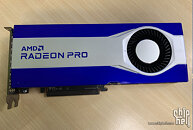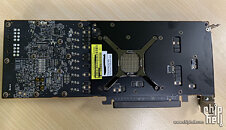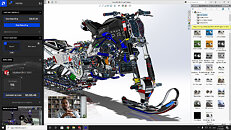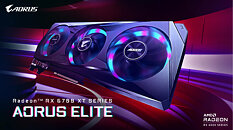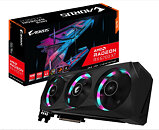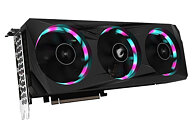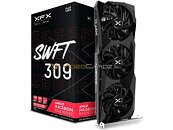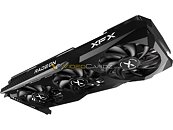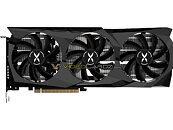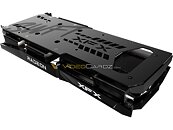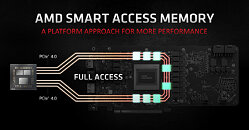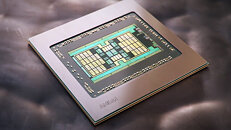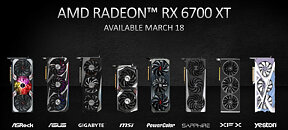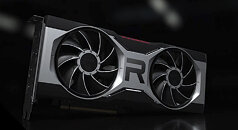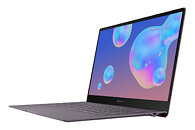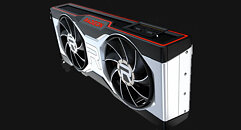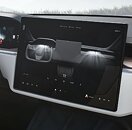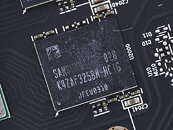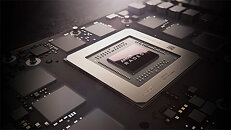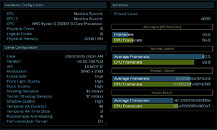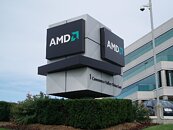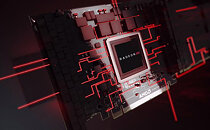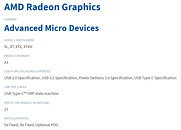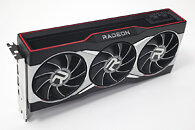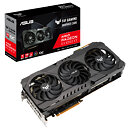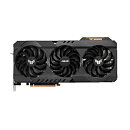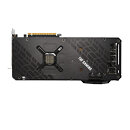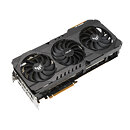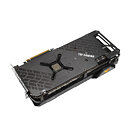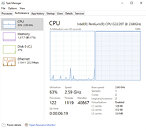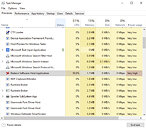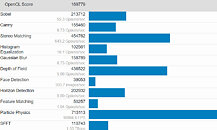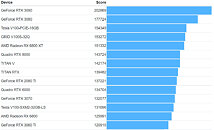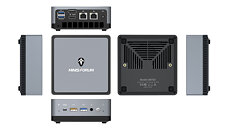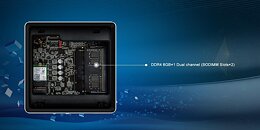
AMD Radeon Pro Workstation Card with Navi 21 GPU Pictured
When AMD introduced RDNA 2 architecture and higher-end Navi 21 GPU SKUs, it was only a matter of time before the company launches these GPUs inside professional-grade graphics cards. Today, thanks to the Chiphell forums, we have pictures and some specifications of AMD's upcoming Radeon Pro workstation graphics card. Pictured below is a new RDNA 2 based design that features AMD's Navi 21 GLXL GPU SKU. The new GLXL GPU SKU is supposed to be rather similar to the Navi 21 XL GPU found inside AMD's Radeon RX 6800 XT graphics card, judging by the number and arrangement of capacitors on the back of the card.
When it comes to memory, the upcoming Radeon Pro workstation card is featuring 16 GB of VRAM, likely a variant of GDDR6 found on gaming-oriented graphics cards from RDNA 2 generation. When it comes to cooler design, the Radeon Pro graphics card has a blower-type cooler helping tame the Navi 21 GLXL GPU. Given that blower-type coolers are suitable for situations with less airflow, the TDP of this card could be around or under 250 Watts. You can take a look at the card below, however, do note that it is an engineering sample and the final product can look a bit different.
When it comes to memory, the upcoming Radeon Pro workstation card is featuring 16 GB of VRAM, likely a variant of GDDR6 found on gaming-oriented graphics cards from RDNA 2 generation. When it comes to cooler design, the Radeon Pro graphics card has a blower-type cooler helping tame the Navi 21 GLXL GPU. Given that blower-type coolers are suitable for situations with less airflow, the TDP of this card could be around or under 250 Watts. You can take a look at the card below, however, do note that it is an engineering sample and the final product can look a bit different.
